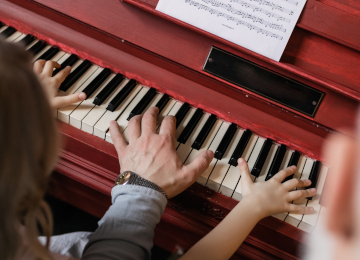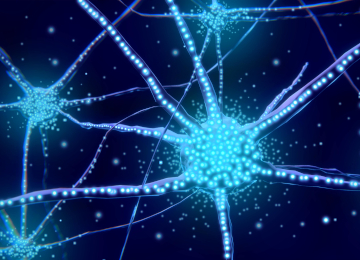Shared Brain Networks of Music and Language

Data collected from children [1] point towards a connection between music and language. This hypothesis is bolstered by anecdotal [2] and clinical evidence of the power of music to restore language in cases of brain dysfunction. However, many questions remain—at what level are these neural resources shared between music and language? Where and when are these resources shared? Emerging evidence suggests that music and language may rely on a common sensorimotor brain network involved in temporal processing [3, 4, 5]. This project seeks insight into this question with functional MRI and transcranial alternating current stimulation experiments, using machine learning-driven and single-subject level analytical techniques.
Associated Publications
1. Lee, Y. S., Ahn, S., Holt, R. F., & Schellenberg, E. G. (2020). Rhythm and syntax processing in school-age children. Developmental Psychology, 56(9), 1632. http://dx.doi.org/10.1037/dev0000969 2. Gabby Giffords’ Recovery: An Exclusive Look. (2011, November 15). [Video]. YouTube. https://www.youtube.com/watch?v=_v4nGqLmsvs 3. Heard, M., & Lee, Y.-S. (2020). Shared neural resources of rhythm and syntax: An ALE Meta-Analysis. Neuropsychologia, 107284. https://doi.org/10.1016/j.neuropsychologia.2019.107284 4. Wiener, M., Lee, Y.-S., Lohoff, F. W., & Coslett, H. B. (2014). Individual differences in the morphometry and activation of time perception networks are influenced by dopamine genotype. NeuroImage, 89, 10–22. https://doi.org/10.1016/j.neuroimage.2013.11.019 5. Belyk, M., Lee, Y. S., & Brown, S. (2018). How does human motor cortex regulate vocal pitch in singers?. Royal Society Open Science, 5(8), 172208. https://doi.org/10.1098/rsos.172208




